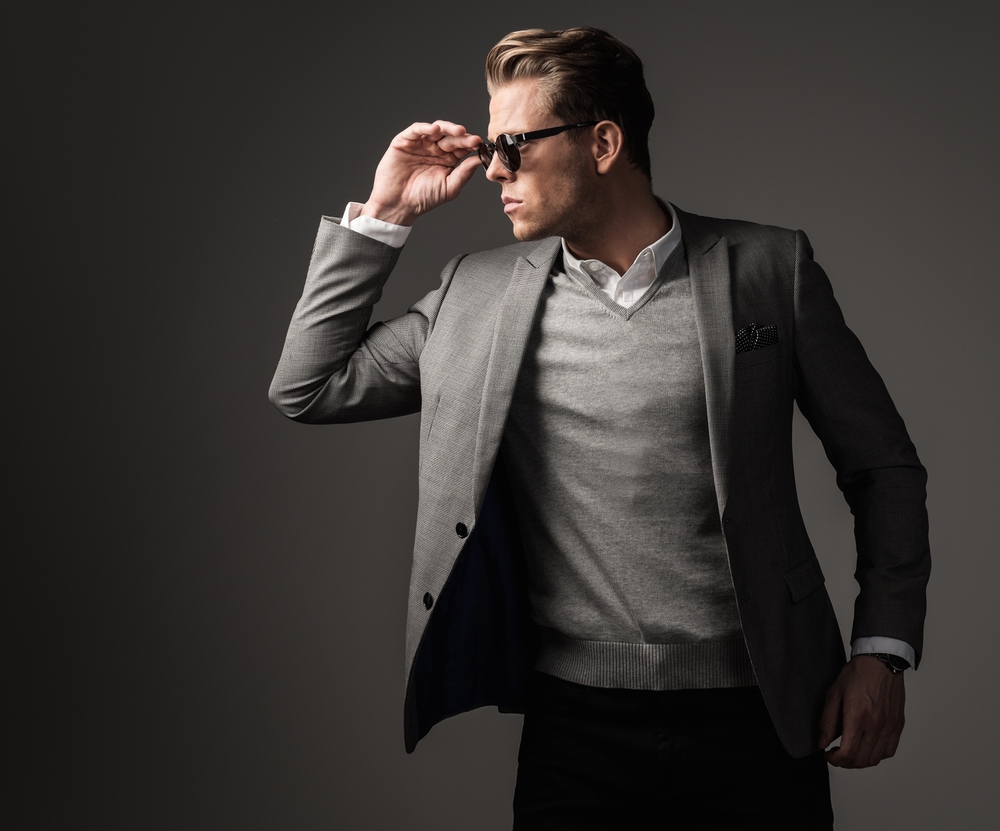We often choose clothing based on style, fit, or function. But behind many beloved men’s fashion brands lies a rich tapestry of history, innovation, and cultural significance. From rugged outerwear born of necessity to sleek resort wear conceived from a moment of inspiration, the stories behind these labels add another layer of appreciation to the garments we wear. Exploring these histories reveals how function often dictated form, and how certain pieces became timeless icons.
Heritage Icons
Many enduring menswear staples originated from practical needs. Consider the Burberry trench coat. Founded in 1856 by Thomas Burberry, the brand’s breakthrough came in 1879 with his invention of gabardine – a breathable, weatherproof, and durable fabric. This innovation led to the creation of the Tielocken coat, the predecessor to the trench coat, which gained prominence during World War I. Designed for British officers, its features were purely functional: epaulettes displayed rank, D-rings held equipment, and the storm flap offered extra protection. After the war, its practicality and association with wartime heroism made it a coveted item among civilians, cementing its status as a global fashion icon that remains central to Burberry’s identity today.
Similarly, Belstaff emerged from the world of demanding pursuits. Founded in 1924 by Eli Belovitch and his son-in-law Harry Grosberg, the brand initially focused on creating waterproof outerwear for motorcyclists and aviators. They pioneered the use of Egyptian waxed cotton, offering unprecedented breathability alongside water resistance. Their most famous creation, the Trialmaster jacket (introduced around 1948), was specifically designed to endure the grueling conditions of the Scottish Six Days Trial motorcycle event. Worn by adventurers like T.E. Lawrence, Amelia Earhart, and famously by Steve McQueen, Belstaff’s waxed cotton outerwear became synonymous with rugged durability and a spirit of adventure, a heritage the brand continues to cultivate.
Modern Innovators
The inspiration for new brands often comes from identifying a gap in the modern wardrobe. Orlebar Brown is a prime example. Founder Adam Brown, a photographer, conceived the idea in 2005 while on holiday. Frustrated by the lack of stylish men’s designer swim shorts that could transition seamlessly from the pool to a lunch setting – unlike the more versatile options available to women – he launched the brand in 2007. His vision was simple yet revolutionary: “shorts you can swim in,” but tailored like traditional trousers. This focus on tailored fit, quick-drying fabrics, and sophisticated design, epitomized by the Setter and Bulldog shorts (famously worn by Daniel Craig as James Bond in Skyfall), redefined resort wear and propelled Orlebar Brown from a niche swimwear label to a comprehensive lifestyle brand.
Addressing a different modern need, L’estrange London, founded by Tom Horne and Will Green, tackles wardrobe complexity and sustainability. They focus on versatile, timeless essentials designed to be mixed and matched across seasons and settings, reducing the need for excessive consumption. Pieces like their popular “24 Trouser” exemplify this approach, blending the smart aesthetic of tailored trousers with the comfort of hidden elastic waistbands and stretch fabrics.
From the battlefields that birthed the trench coat to the poolside observation that launched tailored swim shorts, the history of men’s fashion brands is a fascinating journey. These labels, whether steeped in century-old heritage or driven by modern philosophies, demonstrate how innovation, purpose, and a keen understanding of lifestyle needs create garments that not only look good but also tell a compelling story.

